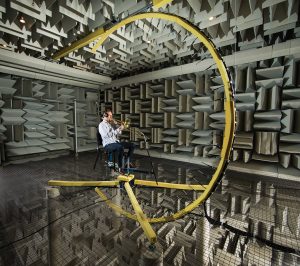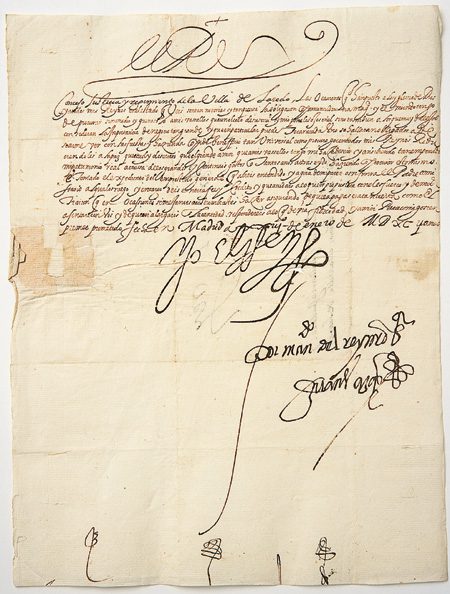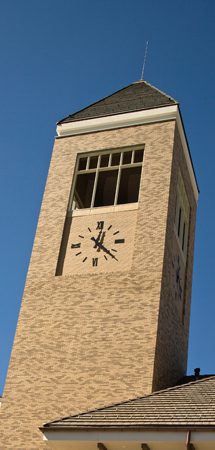Venture deep into the basement of the Eyring Science Center and step onto the wire floor of the anechoic chamber, and you’ll likely have the same reaction as trombone performance major Marcus B. Anderson (’15). “The room is so quiet,” he says. “It’s almost disorienting.”
Wedges lining the chamber absorb at least 99 percent of the sound energy—making it a perfect place to study acoustics.
Faculty from BYU’s acoustics group invited Anderson to practice in the chamber, where they could record and analyze his trombone’s sound radiation. He’d play a few notes into the 37-microphone array, then the computer-controlled chair would rotate five degrees and he would repeat the notes. In all, the team collected 2,552 data points.
Students are granted regular access to this and other acoustical facilities in the Eyring Science Center, which associate professor Timothy W. Leishman (BA ’90) says “are among the finest and most extensive in the country.










